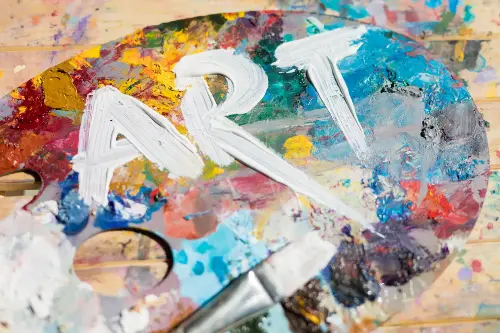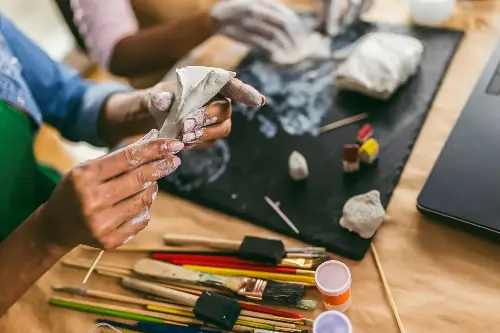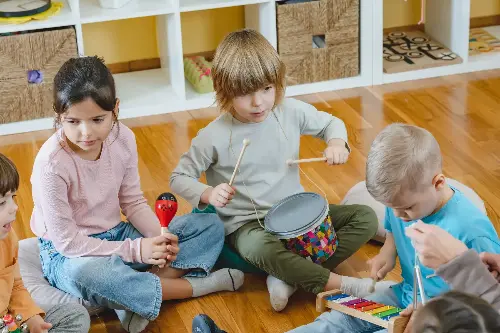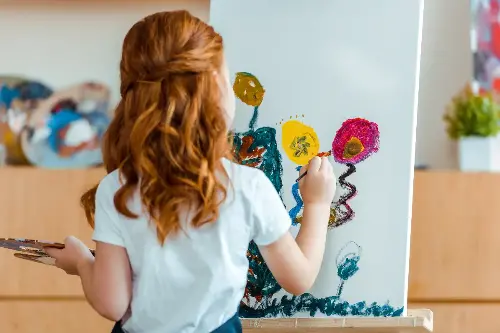When you think of genius, a mathematical prodigy or a spellbinding scientist may spring to mind. Yet, hidden within every child—and arguably within each adult too—lies a unique strand of genius often overlooked: the limitless power of imagination. Art and music have long been celebrated as creative pursuits, but their significance in unlocking potential and transforming learning is only now beginning to receive the recognition it truly deserves.

The Science Behind Imagination And Creativity
At first glance, doodling on the back of a notebook or humming an unfamiliar tune might seem like idle activities. However, neuroscience tells a very different story. When we engage in artistic or musical expression, our brains kick into high gear, activating networks responsible for memory, emotion, and problem solving.
Research conducted at University College London has shown that involvement in creative arts enhances neural pathways associated with divergent thinking—the kind of thinking central to innovation and adaptability. Music training, even in its simplest forms, improves working memory and the ability to recognise patterns, both vital for academic achievement in subjects ranging from mathematics to languages.
For children, this stimulation is even more profound. Early exposure to music and art literally shapes the developing brain, encouraging the growth of new synaptic connections. As a result, these children are more adept at thinking outside the box and are better equipped to handle complex ideas later in life.

Art And Music In The Classroom: More Than Just Enrichment
For many schools around the world, arts education is often seen as an optional add-on rather than an essential part of the curriculum. Yet studies consistently reveal its transformative effects on learning. When art and music are woven into academic subjects, students show greater engagement, improved concentration, and even enhanced academic performance.
For instance, painting geometric shapes or composing songs about scientific topics help students remember tricky concepts more easily. These creative approaches address multiple learning styles, ensuring every child has a way into the material. In this sense, the arts become a vibrant bridge to understanding—and not just a pleasant diversion.
Moreover, art and music foster collaboration, communication, and empathy—skills the World Economic Forum identifies as crucial for thriving in the 21st century. Classrooms full of shared singing or group art projects are spaces where students learn to work together, express themselves, and appreciate diverse perspectives.

The Emotional Impact: Building Confidence And Resilience
Beyond cognitive advantages, engaging in the arts has a powerful influence on emotional well-being. Participating in artistic activities provides a safe space for self-expression, especially for those who might struggle with traditional forms of communication.
A study from the University of Sydney found that students involved in music and art programmes reported higher self-esteem and lower anxiety levels. This is particularly significant for children coping with stress or trauma, as creative activities can be profound outlets for processing emotions.
The sense of accomplishment that comes with finishing a painting or mastering a musical piece translates directly into greater confidence and motivation across all areas of life. Many adults, too, rediscover their creative sides after years away from artistic pursuits, finding that painting, singing, or even simple crafts yield substantial mental health benefits.

Unleashing Creative Potential At Home And In The Community
While schools play a vital role, nurturing genius through art and music need not be confined to the classroom. Fostering a creative environment at home is just as important. Parents can encourage children’s imagination by providing materials such as paints, clay, or simple musical instruments, while also taking time to appreciate art and music together.
Community programmes also have a profound impact. Inclusive art centres and local music workshops create access for everyone, regardless of background or ability. Organisations like El Sistema in Venezuela have demonstrated that widespread access to music, especially for disadvantaged youth, can be life-changing—reducing crime rates and improving academic outcomes nation-wide.
For adults, engaging with the arts, whether by joining a choir, attending exhibitions, or learning an instrument, continues to rejuvenate the mind and spirit. These activities offer lifelong pathways to creativity, new friendships, and a deeper understanding of oneself.

Creativity And Future Readiness: Art, Music, And Tomorrow’s Innovators
As we step further into an age driven by automation and artificial intelligence, the qualities that cannot be replicated by machines become ever more valuable. Imagination and creative thinking—nurtured through sustained engagement with the arts—set individuals apart, equipping them for a fast-changing world.
Major employers are increasingly seeking candidates with a creative edge, capable of innovative thinking and agile problem-solving. Studies show that those who regularly engage in music or art are more likely to approach challenges from different angles and offer original solutions, attributes highly prized in all sectors.
Artistic activities not only enrich the mind but also inspire hope, empathy, and resilience—qualities needed to tackle the vast and complex challenges our world faces today.
Through art and music, every individual can unlock their hidden genius. Whether it's a child mastering their first song, a teenager sketching bold new ideas, or an adult reconnecting with old passions, the journey of nurturing imagination offers rewards that reach far beyond the canvas or the stage. By embracing creativity, we transform not just our own lives, but the world around us.
